Entry Category: Folk Art
aka: Bluebird of Happiness
 Arkansas Toothpick
Arkansas Toothpick
Basketry
 Helen Long Bittick
Helen Long Bittick
 Helen Long Bittick
Helen Long Bittick
Bittick, Helen Long
Black, James
Blues Music
Bowie Knife
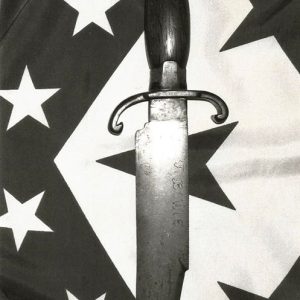 Bowie Knife
Bowie Knife
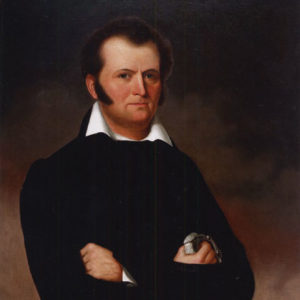 Jim Bowie
Jim Bowie
Crop Circles
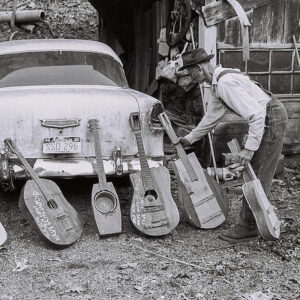 Ed Stilley
Ed Stilley
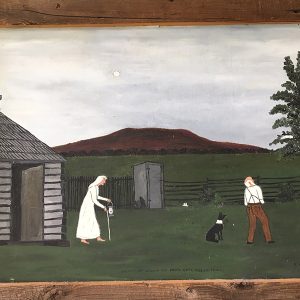 Essie Ward Painting
Essie Ward Painting
Folk Music
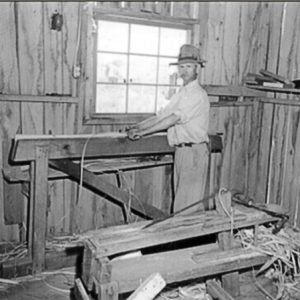 George Gibson
George Gibson
Gibson Baskets
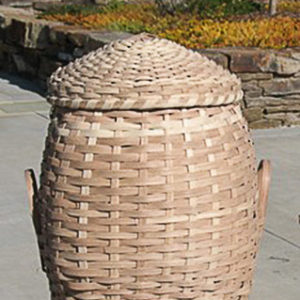 Gibson Hamper
Gibson Hamper
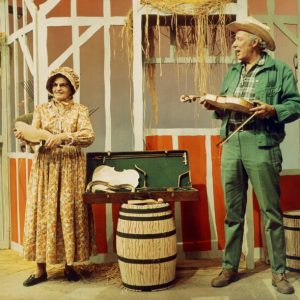 Violet Hensley
Violet Hensley
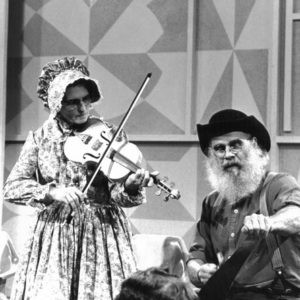 Violet Hensley
Violet Hensley
King Crowley
King, Helen Martin
Miller, Nick
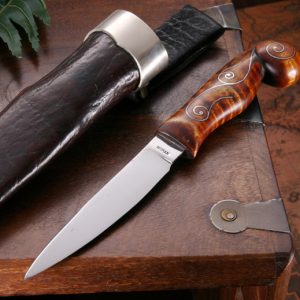 Moran Knife
Moran Knife
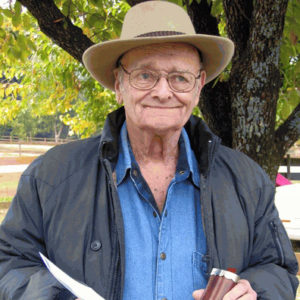 Bill Moran
Bill Moran
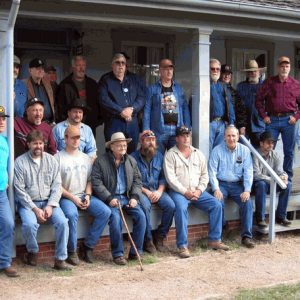 Bill Moran School of Bladesmithing
Bill Moran School of Bladesmithing
Ozark Vernacular Architecture
Quiltmaking
Robes of Splendor
aka: Robes of the Three Villages
aka: Three Villages Robe
aka: Buffalo Dancers Robe
Rock Art, Native American
 Soldier with Bowie Knife
Soldier with Bowie Knife
Tompkins, Rosie Lee
aka: Effie Mae Martin Howard
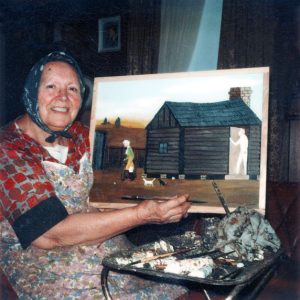 Essie Ann Ward
Essie Ann Ward
Ward, Essie Ann Treat
Whittling
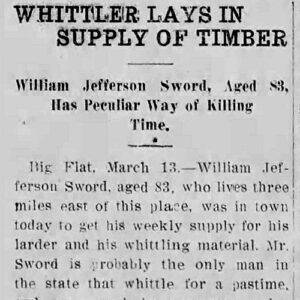 Whittling Story
Whittling Story




